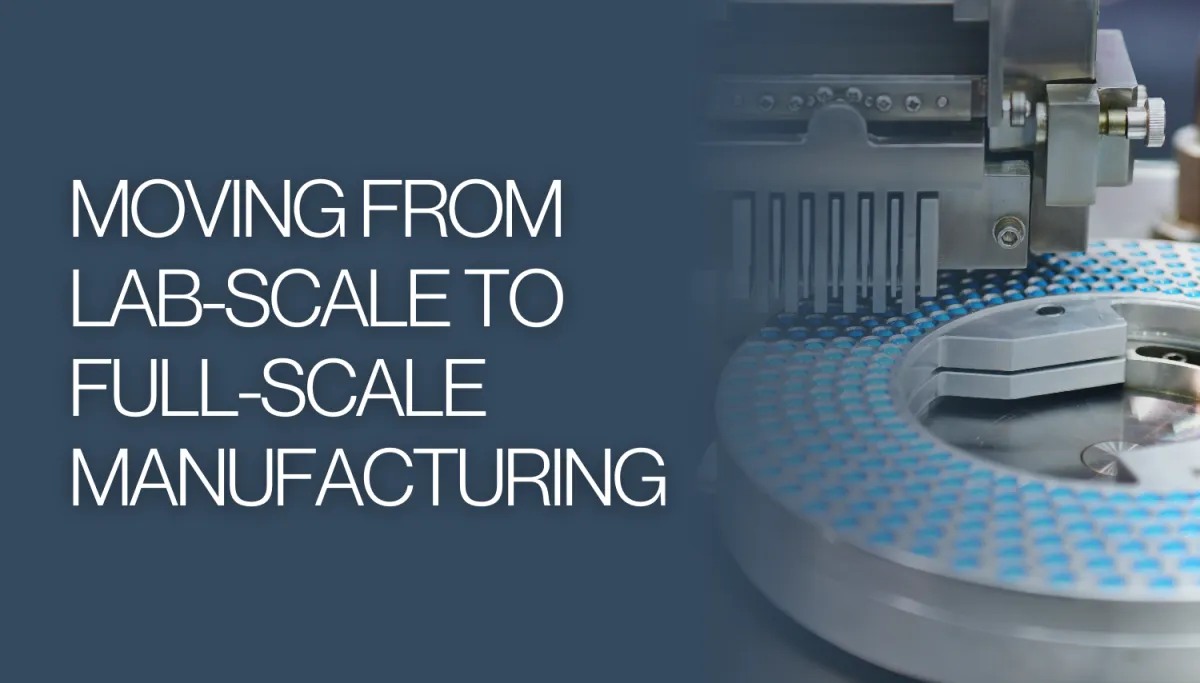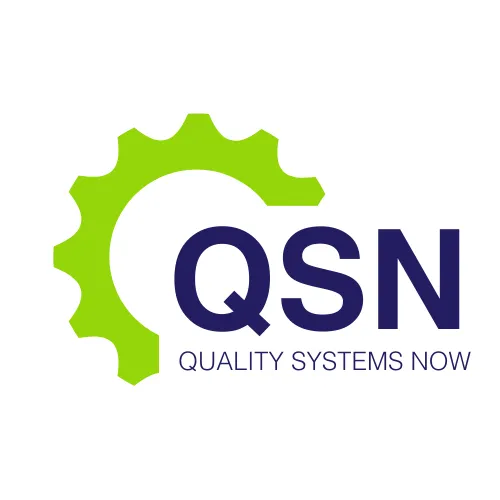LATEST NEWS

Moving from Lab-Scale to Full-Scale Manufacturing
The transition from lab-scale production to full-scale manufacturing represents a critical phase in the lifecycle of a product in industries such as pharmaceuticals, biotechnology, and advanced materials. While the laboratory environment allows for innovation and experimentation on a small scale, scaling up production introduces a new set of technical, operational, and regulatory challenges. This article explores the complexities of scaling up, emphasizing the need for strategic planning, robust validation protocols, and proactive management of unforeseen technical issues to ensure successful commercialization.
At Quality Systems Now we help our clients moving into Full Scale Manufacturing
Understanding Scale-Up Complexity
At its core, scale-up is the process of taking a product or process from research and development (R&D) to a production environment capable of meeting commercial demands. However, this shift is rarely straightforward. The factors influencing a successful scale-up extend far beyond simply increasing batch sizes. They involve a deep understanding of the interdependencies between the product, process, and equipment within the manufacturing environment.
Maintaining Quality Consistency
Quality consistency is paramount in scaled-up manufacturing, particularly in highly regulated industries. Small variations in raw materials, environmental conditions, or process parameters that may be manageable at the laboratory scale can become amplified during large-scale production, potentially compromising product quality.
Process Sensitivity: Processes optimized for lab-scale production often demonstrate sensitivities that are not apparent until they are tested at larger volumes. These sensitivities can include issues with mixing uniformity, reaction kinetics, and temperature control.
Raw Material Variability: Raw materials sourced for large-scale production may have subtle differences in composition or quality compared to those used in the laboratory. These differences can affect product performance or introduce impurities that require additional quality control measures.
To address these challenges, companies must invest in process analytical technology (PAT) and advanced quality monitoring systems to ensure real-time oversight and control during production.
Validation of Processes, Equipment, and Products
Validation is a cornerstone of successful scale-up, serving as a systematic approach to confirm that manufacturing processes, equipment, and products consistently meet predefined specifications.
Process Validation: Process validation involves demonstrating that scaled-up processes perform reliably under manufacturing conditions. This typically includes assessing critical process parameters (CPPs) and their impact on critical quality attributes (CQAs) of the product. Robust validation protocols are essential to ensure reproducibility and compliance with regulatory standards.
Equipment Qualification: Scaling up often necessitates the use of new or modified equipment. Equipment qualification ensures that machinery performs as intended, consistently producing quality products. This includes installation qualification (IQ), operational qualification (OQ), and performance qualification (PQ).
Product Validation: Changes in scale can influence the final product's characteristics, necessitating additional validation studies. For example, in pharmaceutical manufacturing, scaled-up production may impact factors such as drug dissolution rates, stability, or bioavailability.
Without rigorous validation, companies risk production inefficiencies, non-compliance with regulatory requirements, and potential product recalls.
Addressing Production Capacity
Meeting production capacity requirements is one of the primary objectives of scale-up, but achieving this goal is not without its challenges.
Balancing Throughput and Quality
Increasing production throughput often involves operating equipment at higher speeds or increasing batch sizes. However, these changes can introduce variability that affects product quality. For example, higher shear forces during mixing or longer drying times in larger batches may alter the physical or chemical properties of the product.
To mitigate these risks, companies must conduct thorough scale-up studies that evaluate the relationship between throughput and quality. This includes pilot-scale trials and simulations to identify potential bottlenecks or quality concerns before transitioning to full-scale production.
Facility Design and Infrastructure
Scaling up production may also require significant investments in facility design and infrastructure. This includes:
Expanding or upgrading manufacturing spaces to accommodate larger equipment or higher production volumes.
Implementing advanced environmental controls to maintain consistent production conditions.
Ensuring utilities such as power, water, and compressed air meet the demands of full-scale operations.
Failure to address these infrastructure needs can result in operational delays, reduced efficiency, and increased costs.
Managing Unforeseen Technical Issues
Despite meticulous planning, unforeseen technical issues often emerge during the scale-up process. These issues may arise from the inherent complexity of scaling up or from external factors that are difficult to predict.
Root Cause Analysis
When technical issues occur, conducting a root cause analysis (RCA) is essential to identify and resolve the underlying problem. RCA involves systematically investigating the issue, analyzing contributing factors, and implementing corrective actions.
For example, unexpected contamination in a production batch may be traced back to inadequate cleaning procedures, substandard raw materials, or faulty equipment seals. By identifying and addressing the root cause, companies can prevent similar issues from recurring.
Adaptive Problem-Solving
The ability to adapt to unforeseen challenges is a hallmark of successful scale-up teams. This often requires collaboration across departments, including R&D, engineering, quality assurance, and production. Companies that foster a culture of open communication and cross-functional collaboration are better equipped to navigate technical challenges and maintain production timelines.
The Role of Digital Tools in Scale-Up
Digital tools and Industry 4.0 technologies are playing an increasingly important role in overcoming scale-up challenges.
Simulation Software: Process modeling and simulation tools can predict how processes will perform at larger scales, reducing the risk of trial-and-error experimentation.
Data Analytics: Advanced analytics provide insights into process variability and equipment performance, enabling proactive adjustments to maintain quality.
Automation: Automated systems enhance precision and efficiency during production, minimizing human error and variability.
Integrating these technologies into the scale-up process not only improves operational outcomes but also provides a competitive advantage in terms of cost and time-to-market.
Conclusion
Underestimating scale-up challenges can have significant consequences, including production delays, compromised quality, and increased costs. The transition from lab-scale production to full-scale manufacturing demands a comprehensive understanding of the technical, operational, and regulatory factors involved.
By prioritizing quality consistency, investing in robust validation protocols, and addressing production capacity and infrastructure needs, companies can minimize risks and ensure a smoother scale-up process. Furthermore, embracing digital tools and fostering adaptive problem-solving capabilities can help organizations overcome unforeseen technical issues and maintain competitiveness in the marketplace.
In highly regulated industries, the scale-up phase is not just a technical challenge—it is a strategic opportunity to demonstrate operational excellence and build a foundation for long-term success.
